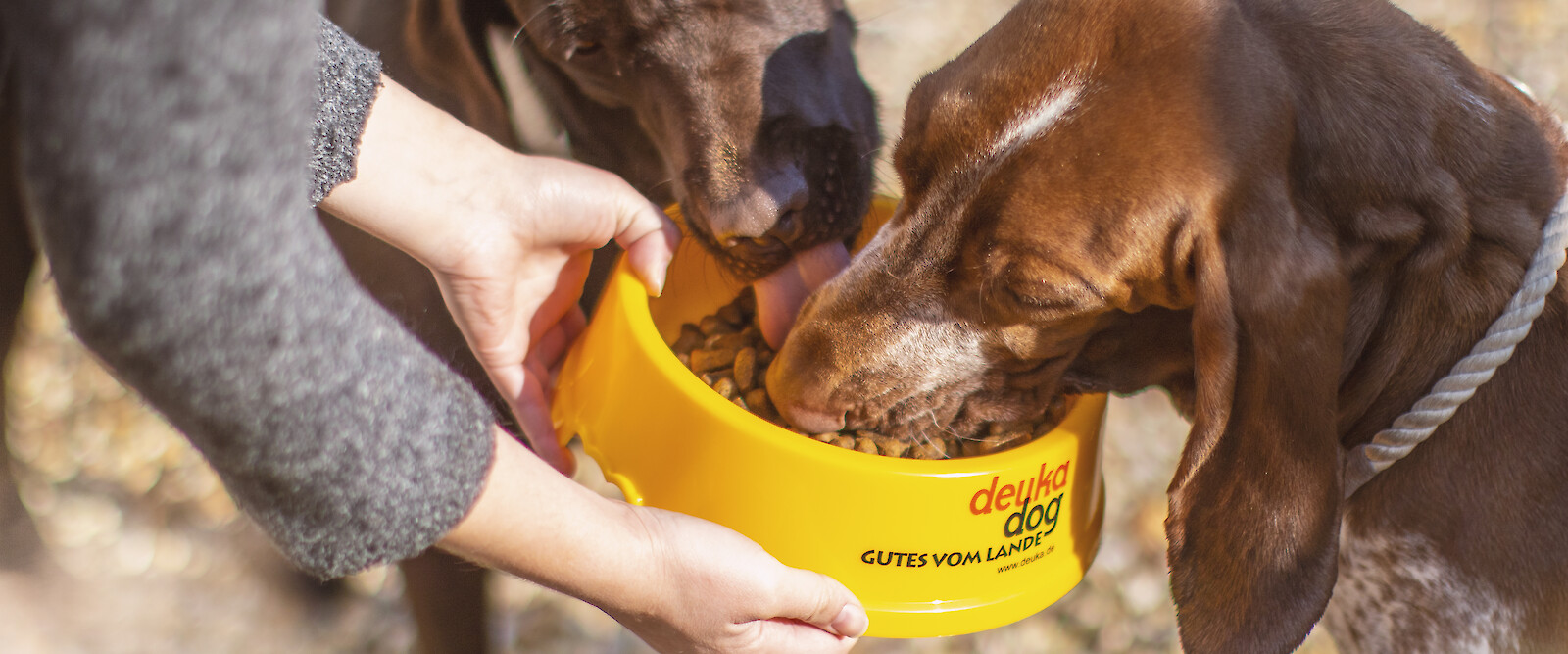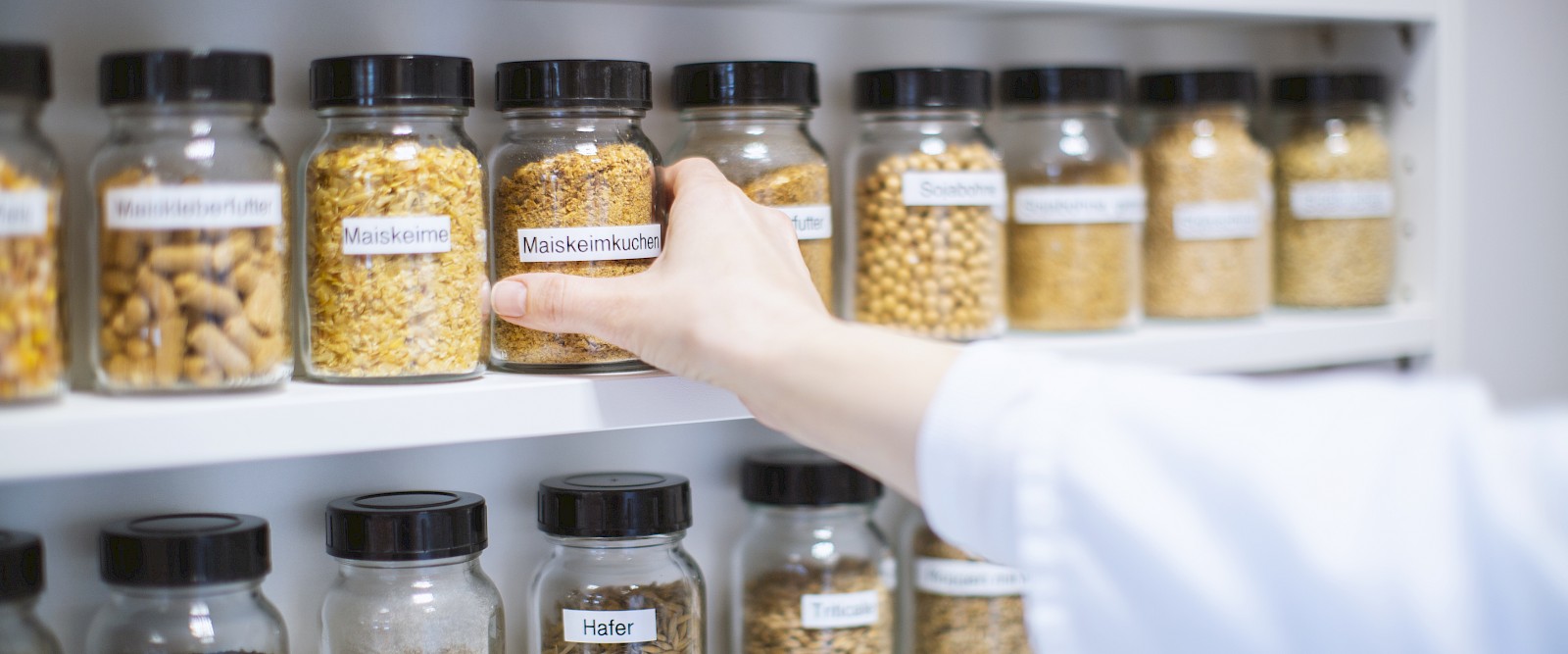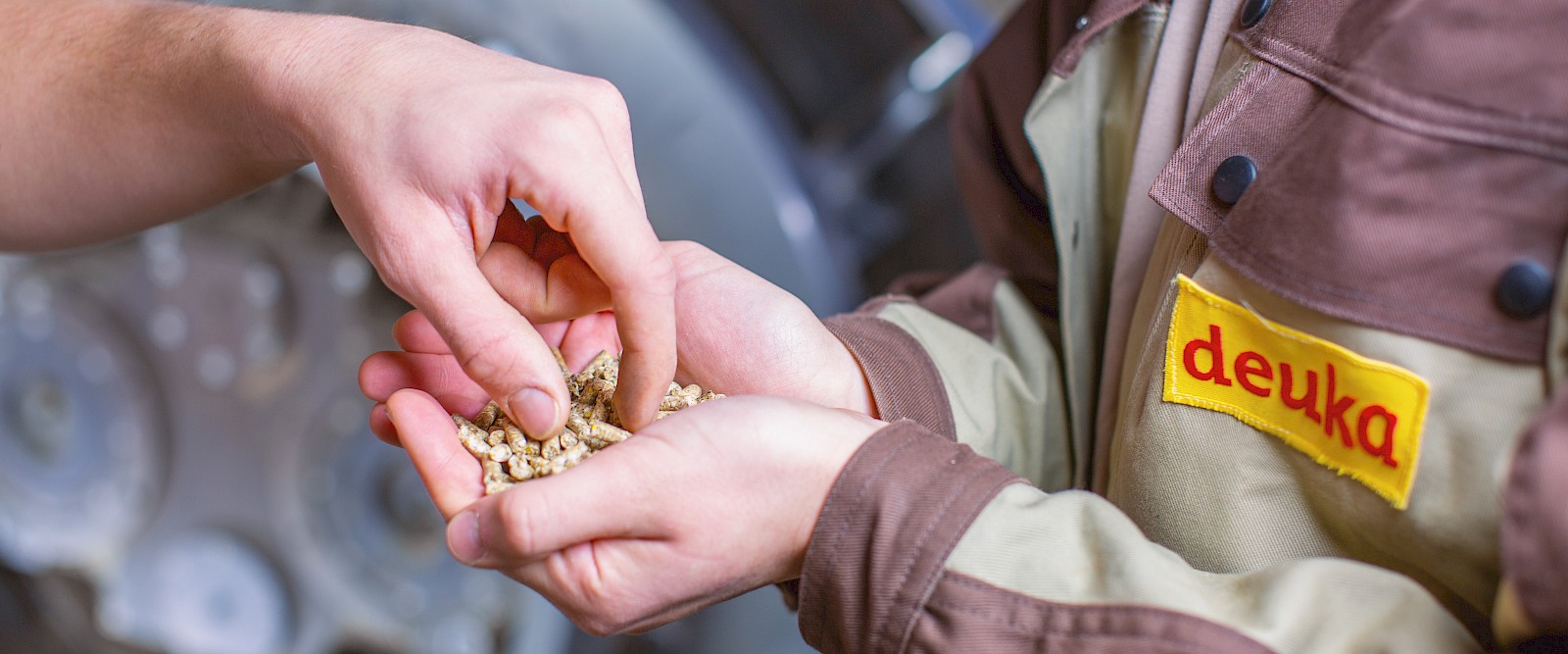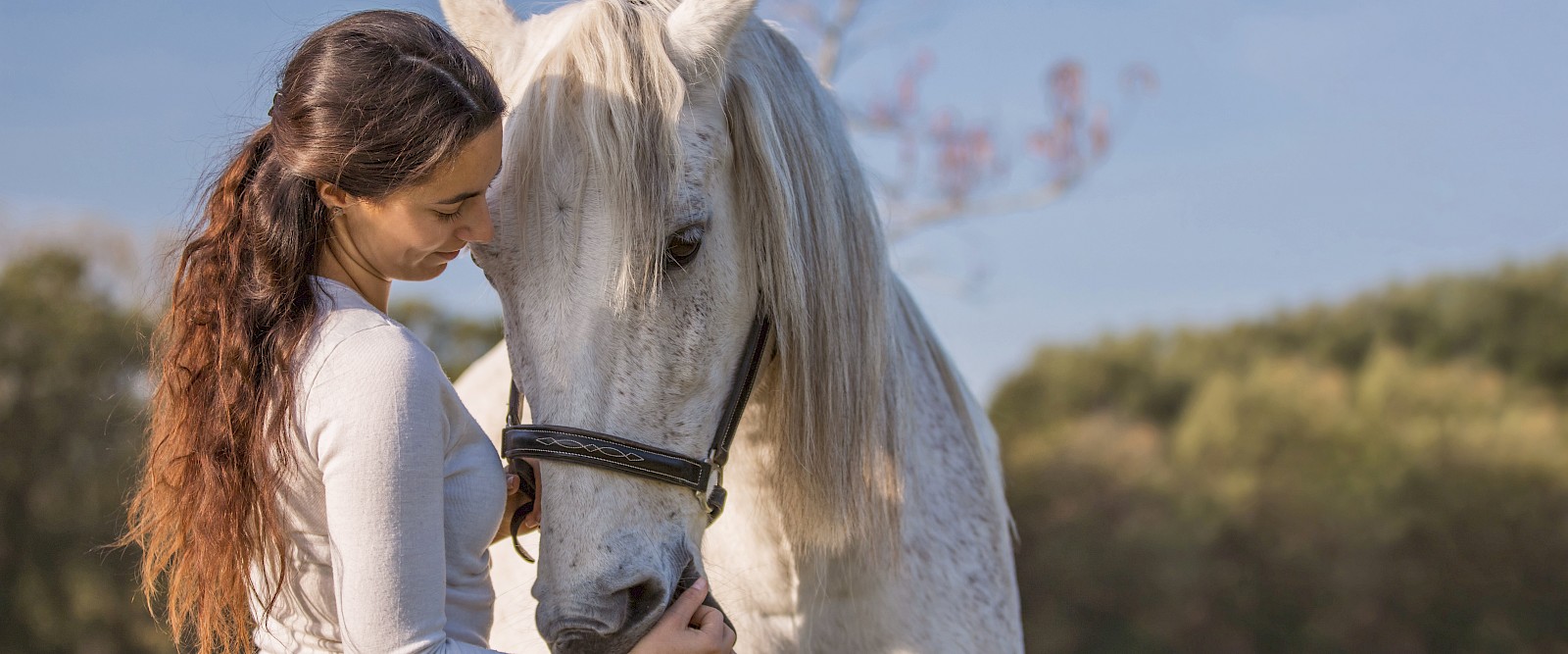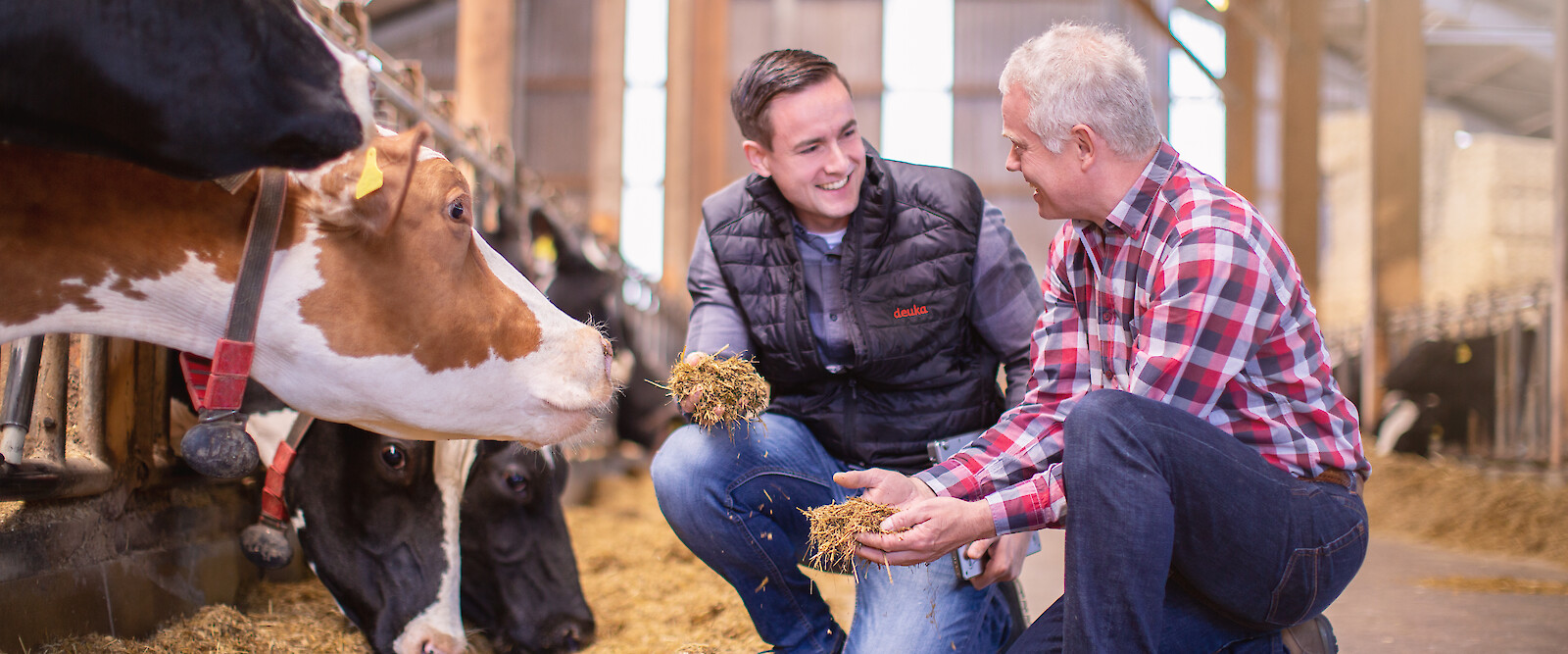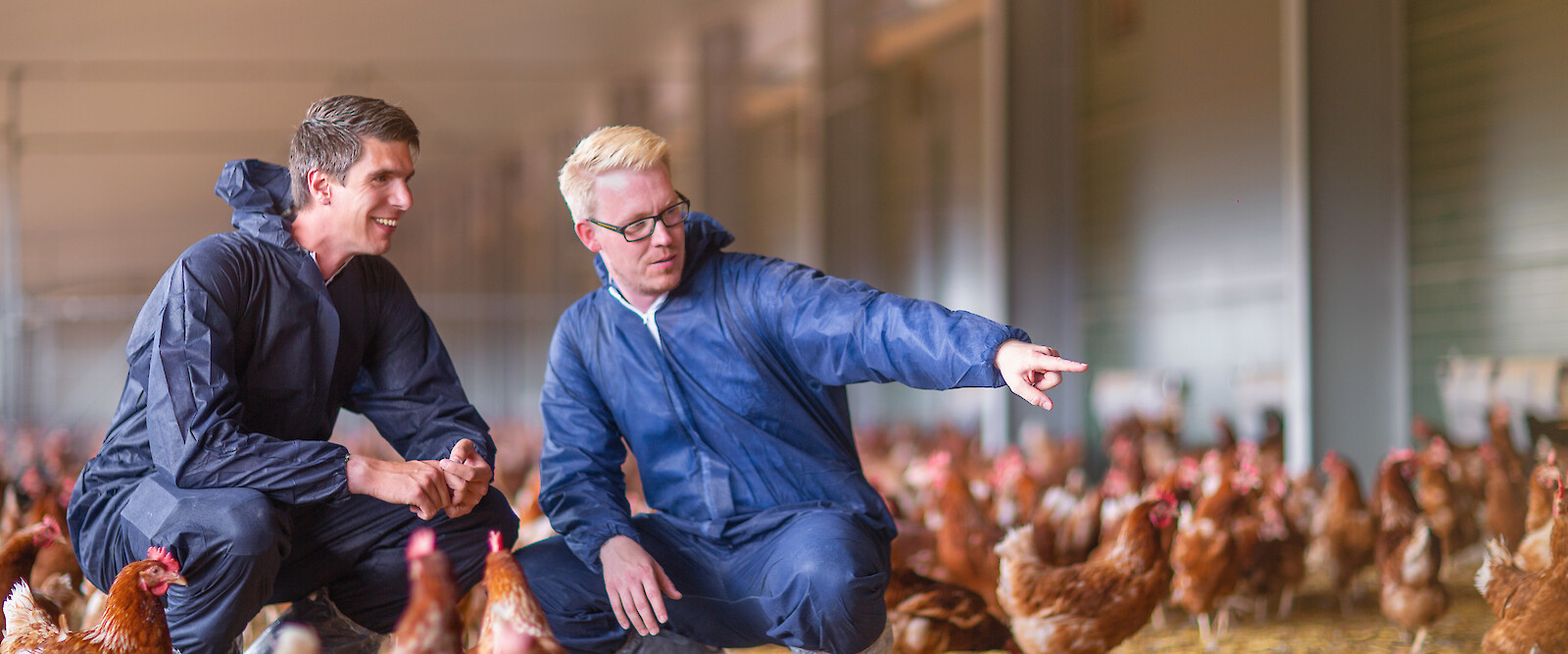Raw material and nutrient lexicon
Weitere Einträge
- Calcium carbonate
- Calcium formate
- Carnitine
- Choline
- Citrus pulp
- Cobalt
- Mussel shells
- Copper
- Corn flakes
- Maize germ
- Corn gluten
- Corn gluten feed
- Maize pregelatinised starch
- Maize starch
Citrus pulp
Citrus pulp is a by-product of juice extraction from citrus fruits(Citrus ssp.) for human consumption by pressing. Due to its high content of hemicelluloses, celluloses and pectins, citrus pulp is an energy-rich straight feed for ruminants, as this animal species converts the aforementioned non-starch polysaccharides in the rumen via the rumen microbes very well for energy. In addition to these nutrients, citrus pulp contains approx. 12 % crude fibre and approx. six % crude protein
Citrus pulp |
|
Ingredients |
Content
|
|
Dry matter, g/kg |
900,00 |
|
Crude protein, g/kg |
64,00 |
|
Lysine, g/kg |
1,20 |
|
Methionine, g/kg |
0,50 |
|
Methionine |
1,00 |
|
Threonine, g/kg |
1,50 |
|
Tryptophan, g/kg |
0,40 |
|
UDP, % |
35,00 |
|
nXP, g/kg |
128,50 |
|
RNB, g/kg |
-10,30 |
|
Crude fibre, g/kg |
130,00 |
|
Crude fat, g/kg |
20,00 |
|
Sugar, g/kg |
210,00 |
|
Starch, g/kg |
80,00 |
|
Starch content |
30,00 |
|
resistant starch |
24,00 |
|
NDForg, g/kg |
216,00 |
|
ADForg, g/kg |
k. A. |
|
NFC, g/kg |
85,50 |
|
Structural value |
0,14 |
|
Crude ash, g/kg |
58,00 |
|
ME, MJ/kg |
8,20 |
|
ME, MJ/kg |
k. A. |
|
ME, MJ/kg |
11,05 |
|
NEL, MJ/kg |
6,90 |
|
Calcium, g/kg |
16,00 |
|
Phosphorus, g/kg |
1,20 |
|
digestible |
0,12 |
|
Sodium, g/kg |
0,40 |
Sources: DLG feed value tables for pigs; DLG feed value tables for ruminants; Rechenmeister 2000 (Chamber of Agriculture Westphalia-Lippe); CVB Veevoedertabel; DLG Information 2/2001 Structure and carbohydrate supply of the dairy cow
